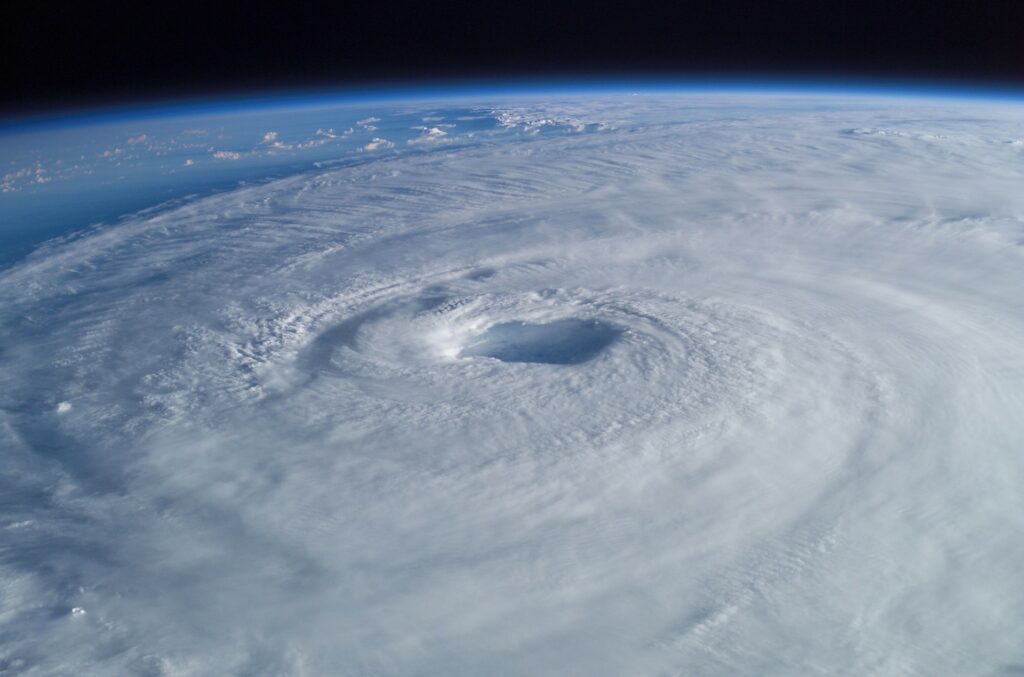Finnish weather intelligence company Skyfora has unveiled its updated Tropical Storm Seasonal Forecast model, which provides probabilistic predictions for the likelihood of various events in different categories for the upcoming tropical cyclone season.
The categories consist of tropical cyclone (TC) intensity, TC genesis by region, and TC landfall by region. In addition to pre-season forecasts issued in early April, May and June for the Atlantic basin, Skyfora also publishes mid-season forecasts in July, August and September, according to customer needs.
Based on a structure where each component consists of a Bayesian neural network, the Tropical Storm Seasonal Forecast model utilizes probabilistic machine learning and has been trained with several data sources including a large number of historical atmospheric, land and oceanic climate variables.
According to Skyfora, the skill of the Tropical Storm Seasonal Forecast for the Atlantic basin has been proved by extensive cross-validation experiments against the baseline, given by the average climatology over the years 1995-2021. For example, the mean absolute prediction error for major hurricanes is reduced by 50% against the baseline, and the Gulf of Mexico landfall prediction has a correlation of more than 0.7 with the true values for years 2011-2021.
Dr Svante Henriksson, founder and CEO of Skyfora, said, “Seasonal forecasting and particularly skilled landfall forecast have been traditionally difficult to develop and prove due to the chaotic nature of tropical cyclones. Last year we published our first seasonal forecast, but since then we have changed focus from traditional point predictions and decided to deploy Bayesian deep learning instead, as the resulting probability distribution is more useful for our re-/insurance, catastrophe modeling and insurance-linked securities (ILS) customers. This has proven to be the right decision.”
One of the early adopters of Skyfora’s Tropical Storm Seasonal Forecast is Securis Investment Partners in London, UK. Securis’s team has extensive experience of risk analysis and developing natural catastrophe models for ILS managers and risk modelers.
Dr Paul Wilson, head of non-life analytics, Securis, said, “Skyfora’s team is ambitious, and they provided a new approach to a very challenging problem. By working closely together we’re able to focus the work on the most impactful metrics and most relevant questions of the business. By monitoring how the forecasts, and risk, evolve during the season we hope Skyfora will help us more accurately and more dynamically manage our risks.”



